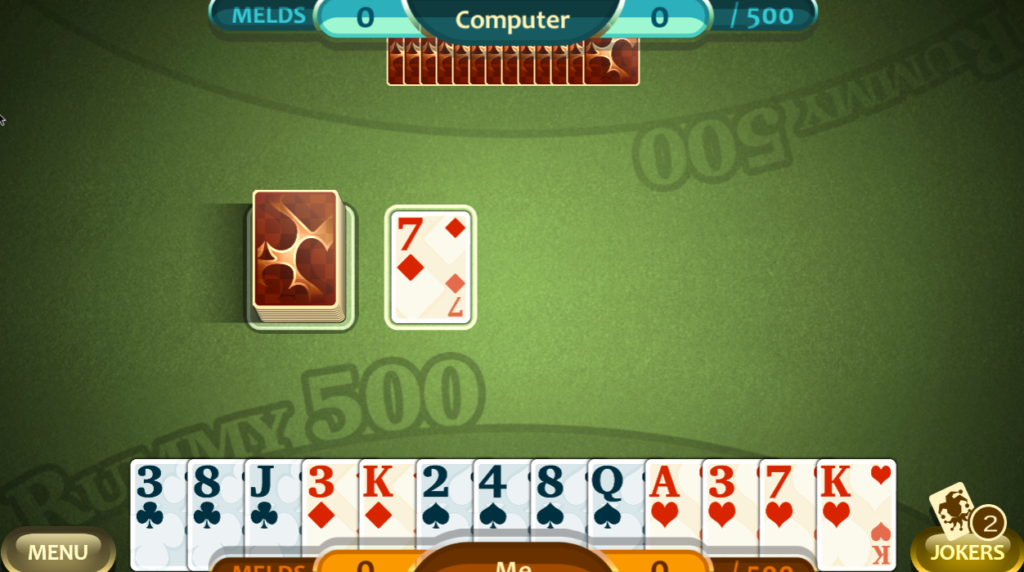

General features of rummy-style games Deal ĭepending on the variation, each player receives a certain number of cards from either a standard deck of 52 cards, more than one deck or a special deck of cards used for specific games. Others say the origin lies in the game Rum Poker, or in the popular liquor of the same name. Some attribute it to the British slang word rum, meaning odd, strange, or queer. Several theories about the origin of the name "rummy" exist. Rummy games are popular in India, and it is likely that Indian rummy is an extension of gin rummy and 500 rum, which originated from the United States. Rummy variations like Gin and Canasta became popular in the twentieth century. The rummy principle of drawing and discarding with a view to melding appears in Chinese card games at least in the early 19th century, and perhaps as early as the 18th century. Games scholar David Parlett combines these two theories, and proposes that the Mexican game of Conquian is ancestral to all rummy games, and that Conquian is the equivalent of the Chinese game Khanhoo. The second is that Rummy originated in Asia, and that Rummy was the result of a Mahjongg variant named Kun P'ai that was Westernized as Khanhoo by W.H. Foster's book Foster's Complete Hoyle, which was played with a 40 card Spanish deck and had melding mechanics. The first is that it originated in Mexico around the 1890s in a game described as Conquian in R.F. There are two common theories about the origin of Rummy, attributing its origins in either Mexico or China in the nineteenth century. The basic goal in any form of rummy is to build melds which can be either sets (three or four of a kind of the same rank) or runs (three or more sequential cards of the same suit) and either be first to go out or to amass more points than the opposition. Rummy is a group of matching-card games notable for similar gameplay based on matching cards of the same rank or sequence and same suit. JSTOR ( December 2015) ( Learn how and when to remove this template message).Unsourced material may be challenged and removed. Please help improve this article by adding citations to reliable sources.

This article needs additional citations for verification.


 0 kommentar(er)
0 kommentar(er)
